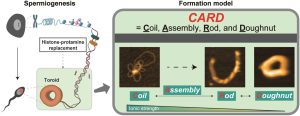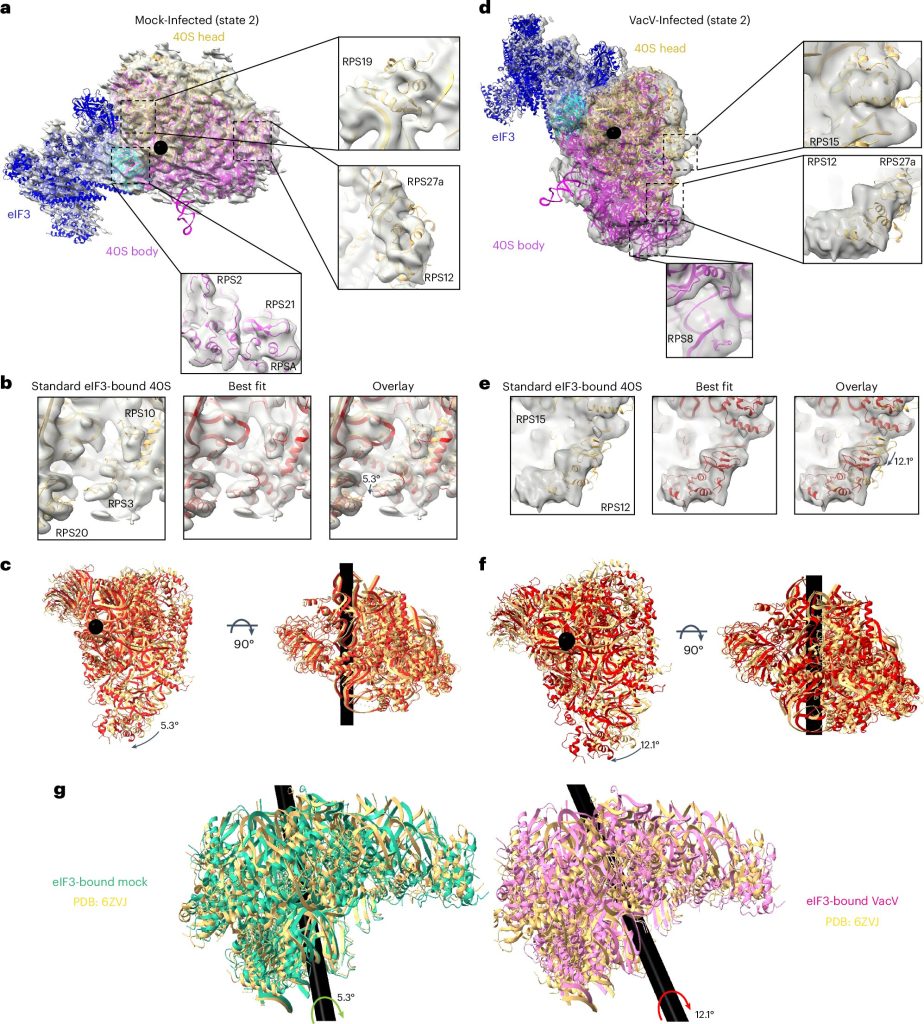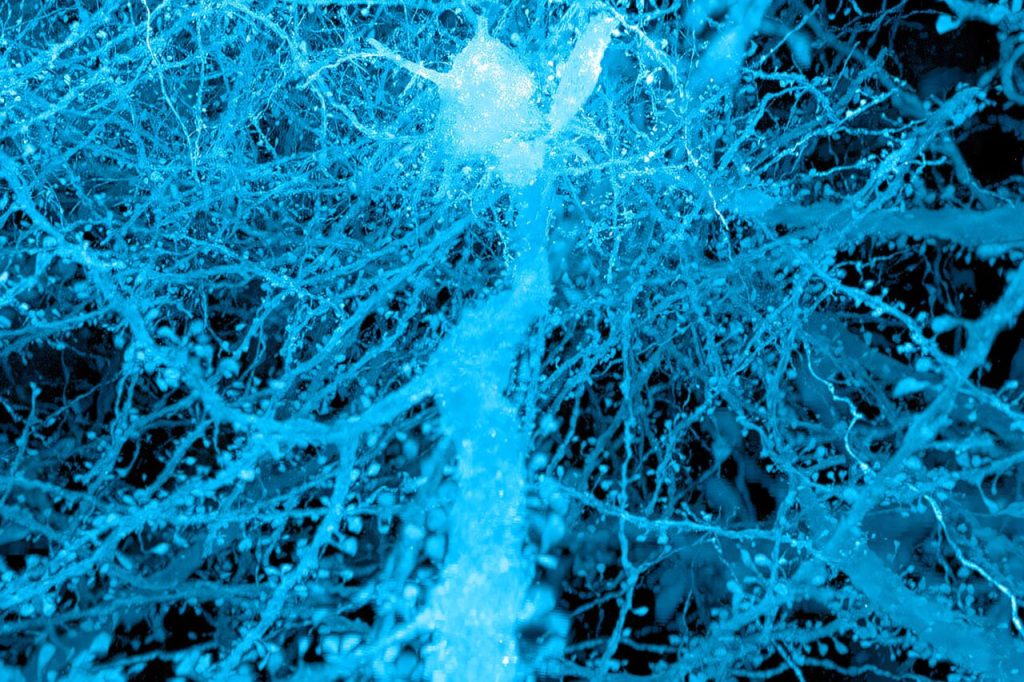Credit: Nucleic Acids Research (2025). DOI: 10.1093/nar/gkaf152
Scientists Just Watched Sperm DNA Pack Itself in Real Time — And It’s a Game-Changer
Researchers at Japan’s Nano Life Science Institute (WPI-NanoLSI) and Kanazawa University have just made a big leap in understanding how DNA is packed inside sperm cells. Using high-speed atomic force microscopy (HS-AFM) — think super high-res video for molecules — they were able to watch the DNA folding process happen live for the first time.
Here’s why it matters:
In regular body cells, DNA stays loosely packed so it can do things like turn genes on or off. But in sperm cells, that changes. Histones (the usual DNA organizers) get swapped out for protamines, which super-condense the DNA. This tightly packed structure protects the DNA during its wild journey to the egg and plays a key role in fertility and embryo development.
Until now, scientists only had still images of this process, so a lot was left to the imagination. But with HS-AFM, lead researcher Richard W. Wong and his team were able to watch the entire packaging process unfold, moment by moment. They even created a new model to describe it called CARD (Coil-Assembly-Rod-Doughnut), which maps out how loose DNA transforms into a tight, donut-shaped package.
Even cooler? They found out that this packaging isn’t permanent — it can unfold and refold depending on the environment, which opens up new ways of thinking about male infertility, gene therapy, and biotech applications.
Why should you care?
If we understand how DNA packaging affects sperm health, it could lead to better tools to diagnose and treat male infertility. And since DNA compaction also plays a big role in gene therapy, this research could help develop new medical treatments or technologies.
Bottom line: this study doesn’t just unlock a new view of sperm DNA — it could pave the way for future breakthroughs in reproductive health and genetics.
Want to dive deeper? The full study is out in Nucleic Acids Research — DOI: 10.1093/nar/gkaf152.




